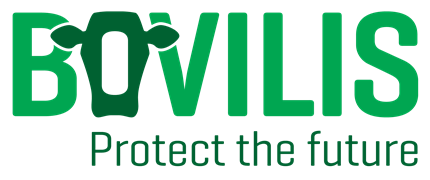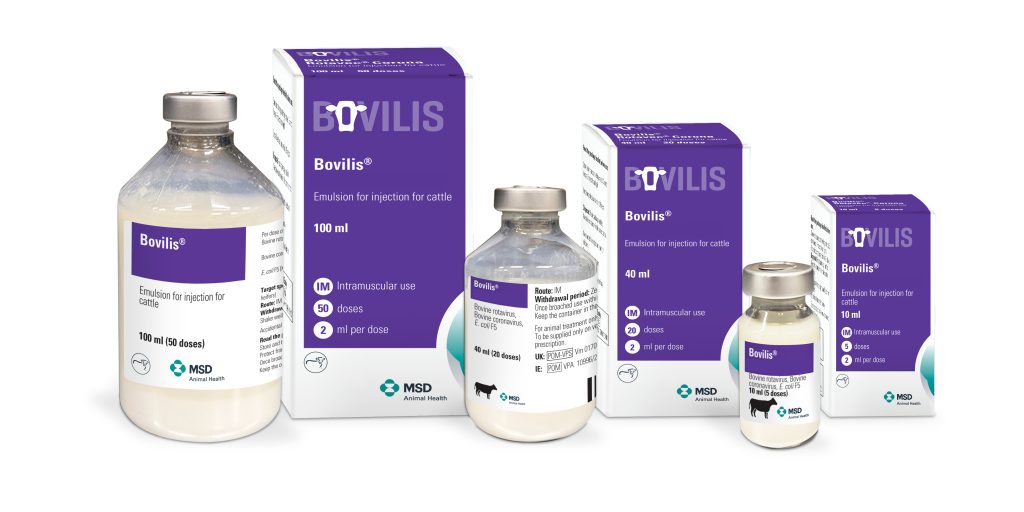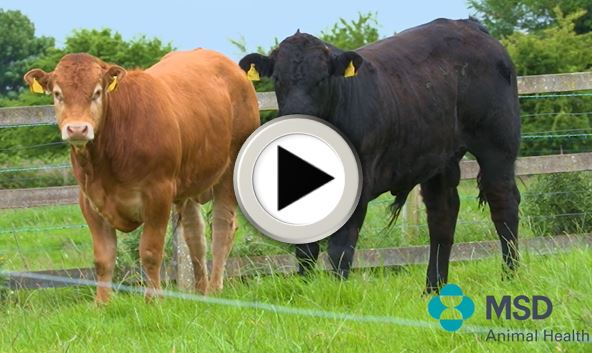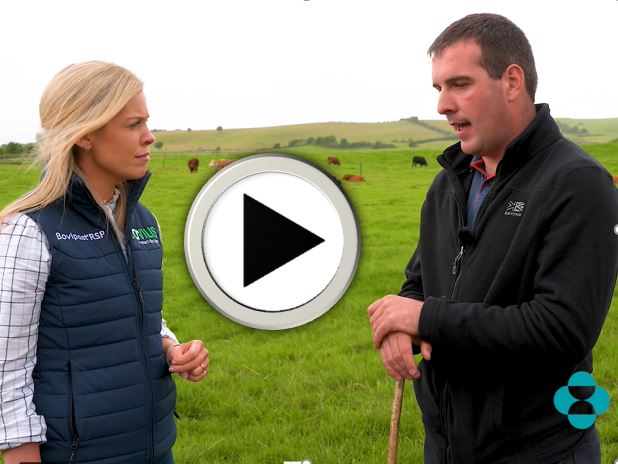Events
Keep up to date with anything relevant happening on cattle infectious diseases and in MSD Animal Health
- Technology for Profit competition #TimeForTechWe’re looking for Irelands most innovative dairy farmers! #TimeforTech Following the success of our Prevention for Profit campaign we’re excited to launch the “Technology for Profit” competition for 2025.
- Tackling calf scour – Time to think vaccination – Bovilis Scour VaccineJames highlights how the Bovilis scour vaccine has helped reduce the risk of calf scour occurring on his dairy farm.
- Bovilis Scour Vaccine – The leading calf scour vaccineThe Bovilis Rotavec Corona is a single-shot injectable vaccination, given to pregnant cows to subsequently help protect the calf from diarrhoea caused by Bovilis Rotavec Corona is given pregnant dams to help protect the calf from scour causing pathogens.
- CepraLock: Dry-cow programme pays dividends for farmer – BovilisIt’s that time of year again, where the farmers turn their focus to preparing for the dry-cow period. We recently caught up with Wexford farmer, Patrick We recently caught up with Wexford dairy farmer, Patrick Banville, to learn more about how he is getting on with our new teat sealer CepraLock.
- Salmonella vaccination a vital investment for Co. Waterford farmer – BovilisSalmonella is a significant disease on Irish dairy farms and can greatly impact on herd productivity and profitability.
- WATCH: Pre-weaning tips, vaccination protocols and BEEP-S overviewWatch: See the videos highlighting some pre-weaning tips, suitable vaccination protocols and an overview on the BEEP-S scheme.
- WATCH – “We lost 10 calves one year. We have lost none since” – BovilisKieran Flatley of Harrington Farms in Kilkelly, County Mayo talks about the improvement in their weanling calves over the last few years as a result of
- Gold standard animal healthcare at the centre of Wagyu beef enterprise – BovilisRevolutionary processes and a tried and tested animal health programme at Moss Hill Farm in Co. Antrim is paving the way to bring some of the world’s most Tried and tested animal health programme at Moss Hill Farm in Co. Antrim is paving the way to bring some of the world’s most coveted Wagyu beef to market.
Sign up to Bovilis® product and event information
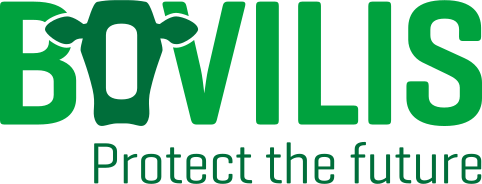
MSD Animal Health
Red Oak North, South County Business Park, Leopardstown,
Dublin 18, Ireland
vet-support.ie@msd.com
PHONE
CATTLE DISEASES
